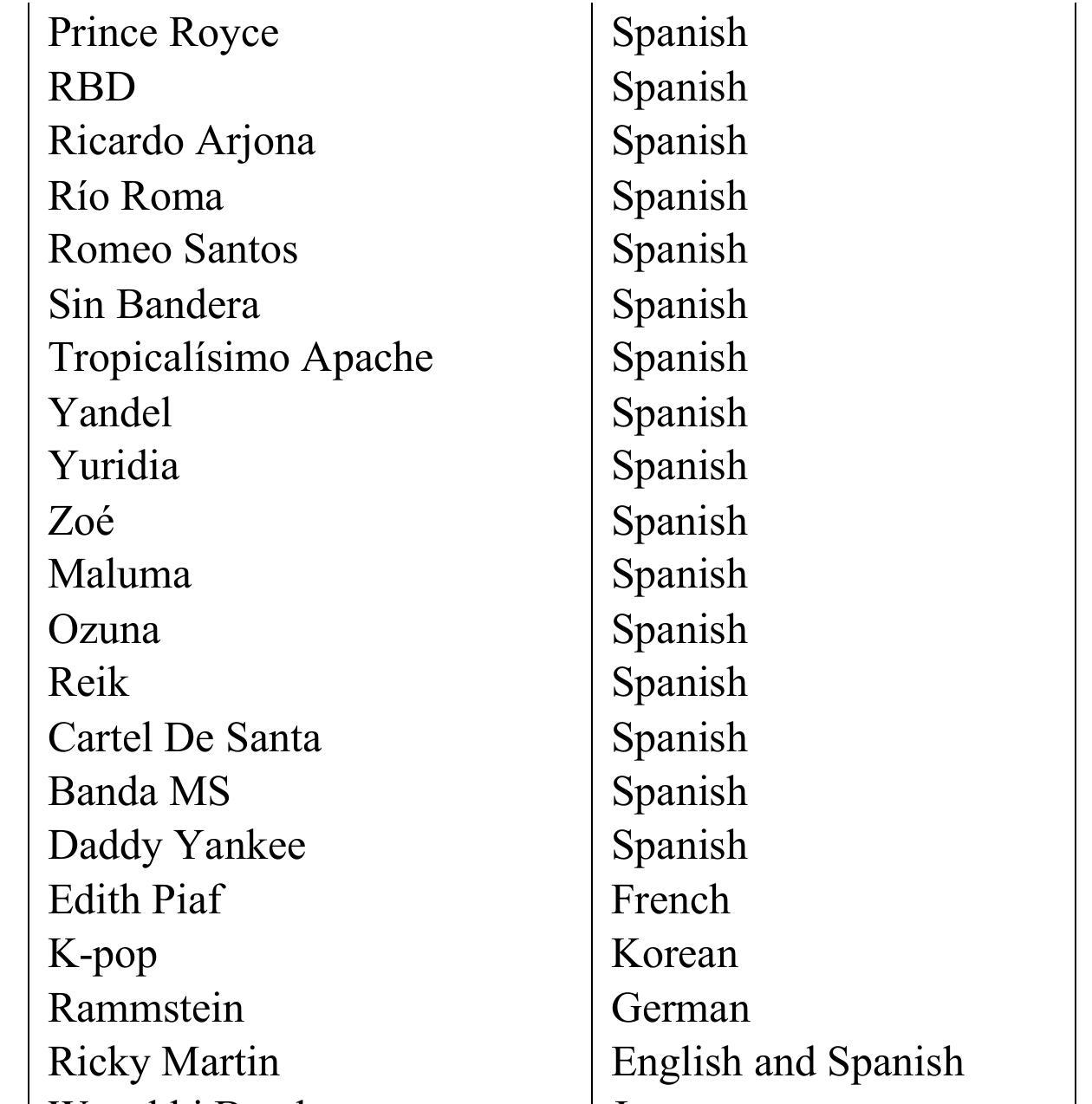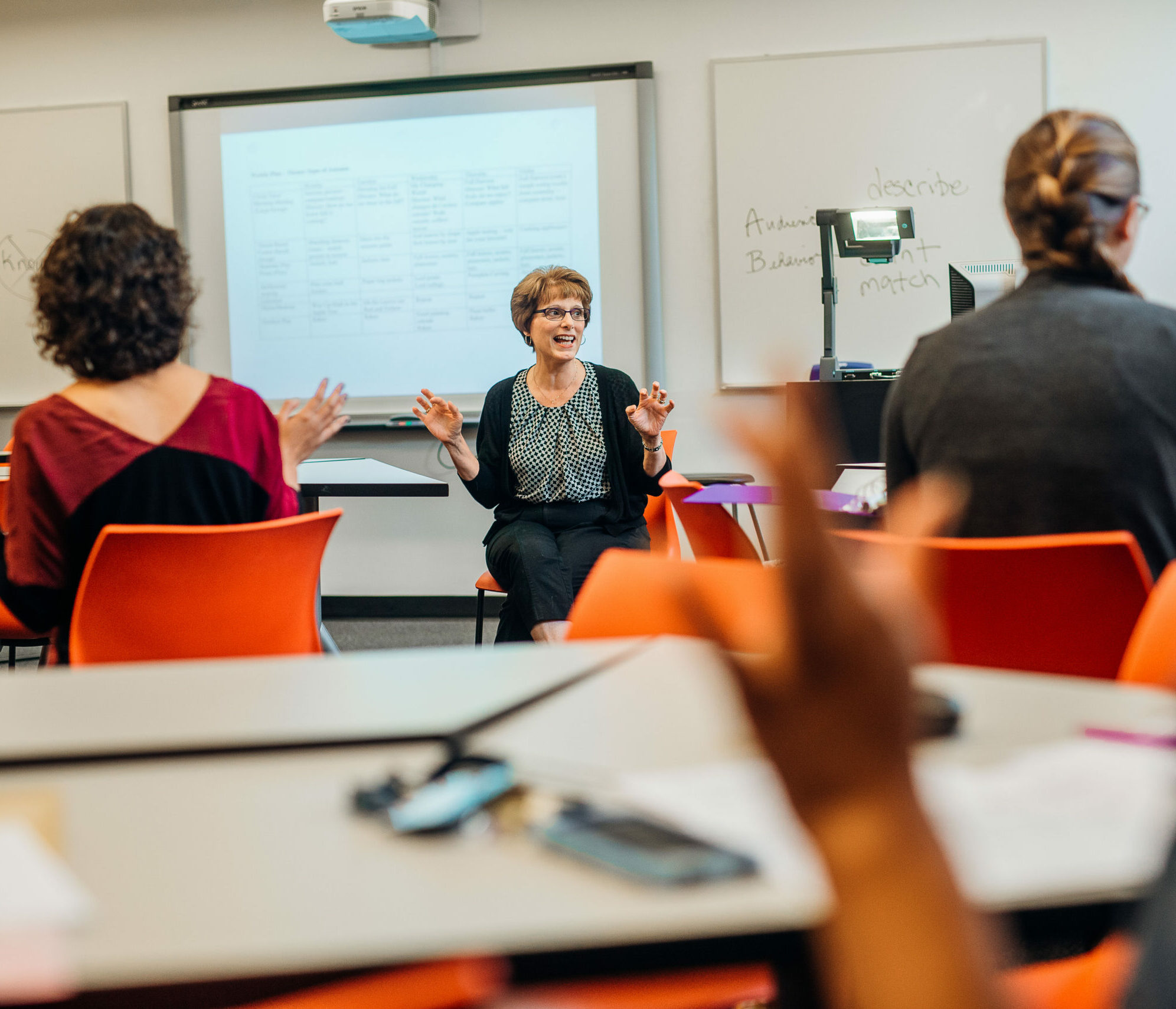
Improving Communication with Non-English Speaking Parents in Education

While Vogel-Campbell’s school district obtains Spanish interpreter services relatively quickly, and is required to offer no-cost interpretation for all non-English speaking parents, she said that it may take up to a month to coordinate an interpreter of languages less frequently spoken in the area. Vogel-Campbell suggested that educators make small efforts throughout the school year to reach out to parents in their preferred language. For instance, teachers can introduce themselves or greet a family in their native language, even if the rest of the meeting relies on an interpreter. Doing so communicates respect and eagerness to connect with those parents, said Vogel-Campbell. She urged educators to recognize that even if parents don’t understand the dominant language spoken by the teacher it “doesn’t mean that they’re not a source of knowledge and information for their students.”
Translation Challenges in Special Education
Jarvi and Simson both regularly use Google translate to communicate with non-English speaking parents. Jarvi, whose classroom consists of nine kindergarten through third graders with moderate to severe disabilities, tries to translate all IEPs using Google Translate. He said that translating it himself for parents is often faster than sending it through the district for a translation, which he said can take up to two weeks to complete. Monthslong waits for IEP translations, as well as poor translations, are common across California, according to EdSource.
Jarvi said that the longer parents have to wait for the IEP document, the more drawn out the process is for parental consent, signature and implementation. “We want it to have a quick turnaround for consent and implementation, because the longer it takes for the parent to consent, the less time the child has to meet the goals,” he said. Without an IEP signed by a parent, the educator has to continue curriculum based off of the most recently signed IEP, which can be a year out of date. The quicker special education teachers can sit down with parents with an agreed upon IEP, the less likely students are to fall behind in meeting their curriculum goals whether those are academic or functional life skills.
Effective Communication Strategies with Families
Jarvi and Simson have implemented similar strategies to close the communication gap between themselves and their students’ parents. Simson, who works with middle school students, uses Google Translate to send and receive text messages and emails to and from parents. His classroom consists of families that speak English and Spanish. He tells parents that he has no problem translating on his end and he lets them take the lead on which language to use.
Jarvi also uses Google Translate as much as he can to communicate with parents of his students that might speak a primary language at home other than English. Over the years, he has worked with families who speak Khmer, Cambodian, Japanese and Spanish.
Continuing to build those relationships with parents, Simson approaches IEP meetings wondering how he can foster an authentic connection with the family to solidify the partnership between educator and parent. He also texts or calls parents every couple of days with positive news about their student and encourages parents to praise their children. If the student has an obstacle to overcome, Simson makes sure to collaborate with parents to come up with a redirection or constructive solution to the problem.
Teachers might interpret parental deference to educators’ ideas as disengagement, but in her book Vogel-Campbell highlighted a diversity of non-Western cultural beliefs that may shape parents’ interactions with the school system. She said it’s important to recognize those differences and emphasize ways that parents can advocate for their children in the U.S. education system. Jarvi, who often speaks with parents who are new to the IEP process, makes sure to create lasting relationships with parents in the hopes that they continue advocacy for their children after they leave his classroom. In his weekly communications home, he offers a variety of messaging styles from a traditional email to text messages that consist of a smiley face or frowny face. Although he said it can take some trial and error, Jarvi works to tailor his communication to a parent’s bandwidth and to smooth out any challenges.
Translation Resources and Multilingual Services for Families
Vogel-Campbell also shared some resources that her district uses for communicating with families speaking different languages. One is Parent Square, a communication tool designed for use in K-12 education that educators, administrators and district officials use to translate memos into more than 100 languages. Some teachers in Vogel-Campbell’s district also use Remind, an education communication platform with two-way texting translation capabilities.
SDGs, Targets, and Indicators
SDGs
- SDG 4: Quality Education
- SDG 10: Reduced Inequalities
- SDG 16: Peace, Justice, and Strong Institutions
Targets
- Target 4.1: By 2030, ensure that all girls and boys complete free, equitable and quality primary and secondary education leading to relevant and effective learning outcomes.
- Target 4.5: By 2030, eliminate gender disparities in education and ensure equal access to all levels of education and vocational training for the vulnerable, including persons with disabilities, indigenous peoples, and children in vulnerable situations.
- Target 10.2: By 2030, empower and promote the social, economic and political inclusion of all, irrespective of age, sex, disability, race, ethnicity, origin, religion or economic or other status.
- Target 16.6: Develop effective, accountable and transparent institutions at all levels.
Indicators
- Indicator 4.1.1: Proportion of children and young people (a) in grades 2/3; (b) at the end of primary; and (c) at the end of lower secondary achieving at least a minimum proficiency level in (i) reading and (ii) mathematics, by sex.
- Indicator 4.5.1: Parity indices (female/male, rural/urban, bottom/top wealth quintile and others such as disability status, indigenous peoples and conflict-affected, as data become available) for all education indicators on this list that can be disaggregated.
- Indicator 10.2.1: Proportion of people living below 50 percent of median income, by sex, age, and persons with disabilities.
- Indicator 16.6.2: Proportion of population satisfied with their last experience of public services.
Analysis
1. Which SDGs are addressed or connected to the issues highlighted in the article?
The issues highlighted in the article are connected to SDG 4: Quality Education, SDG 10: Reduced Inequalities, and SDG 16: Peace, Justice, and Strong Institutions.
2. What specific targets under those SDGs can be identified based on the article’s content?
The specific targets identified based on the article’s content are:
- Target 4.1: By 2030, ensure that all girls and boys complete free, equitable and quality primary and secondary education leading to relevant and effective learning outcomes.
- Target 4.5: By 2030, eliminate gender disparities in education and ensure equal access to all levels of education and vocational training for the vulnerable, including persons with disabilities, indigenous peoples, and children in vulnerable situations.
- Target 10.2: By 2030, empower and promote the social, economic and political inclusion of all, irrespective of age, sex, disability, race, ethnicity, origin, religion or economic or other status.
- Target 16.6: Develop effective, accountable and transparent institutions at all levels.
3. Are there any indicators mentioned or implied in the article that can be used to measure progress towards the identified targets?
Yes, there are indicators mentioned or implied in the article that can be used to measure progress towards the identified targets. These indicators include:
- Indicator 4.1.1: Proportion of children and young people (a) in grades 2/3; (b) at the end of primary; and (c) at the end of lower secondary achieving at least a minimum proficiency level in (i) reading and (ii) mathematics, by sex.
- Indicator 4.5.1: Parity indices (female/male, rural/urban, bottom/top wealth quintile and others such as disability status, indigenous peoples and conflict-affected, as data become available) for all education indicators on this list that can be disaggregated.
- Indicator 10.2.1: Proportion of people living below 50 percent of median income, by sex, age, and persons with disabilities.
- Indicator 16.6.2: Proportion of population satisfied with their last experience of public services.
Table: SDGs, Targets, and Indicators
| SDGs | Targets | Indicators |
|---|---|---|
| SDG 4: Quality Education | Target 4.1: By 2030, ensure that all girls and boys complete free, equitable and quality primary and secondary education leading to relevant and effective learning outcomes. | Indicator 4.1.1: Proportion of children and young people (a) in grades 2/3; (b) at the end of primary; and (c) at the end of lower secondary achieving at least a minimum proficiency level in (i) reading and (ii) mathematics, by sex. |
| SDG 10: Reduced Inequalities | Target 4.5: By 2030, eliminate gender disparities in education and ensure equal access to all levels of education and vocational training for the vulnerable, including persons with disabilities, indigenous peoples, and children in vulnerable situations. | Indicator 4.5.1: Parity indices (female/male, rural/urban, bottom/top wealth quintile and others such as disability status, indigenous peoples and conflict-affected, as data become available) for all education indicators on this list that can be disaggregated. |
| Target 10.2: By 2030, empower and promote the social, economic and political inclusion of all, irrespective of age, sex, disability, race, ethnicity, origin, religion or economic or other status. | Indicator 10.2.1: Proportion of people living below 50 percent of median income, by sex, age, and persons with disabilities. | |
| SDG 16: Peace, Justice, and Strong Institutions | Target 16.6: Develop effective, accountable and transparent institutions at all levels. | Indicator 16
Behold! This splendid article springs forth from the wellspring of knowledge, shaped by a wondrous proprietary AI technology that delved into a vast ocean of data, illuminating the path towards the Sustainable Development Goals. Remember that all rights are reserved by SDG Investors LLC, empowering us to champion progress together. Source: kqed.org
Join us, as fellow seekers of change, on a transformative journey at https://sdgtalks.ai/welcome, where you can become a member and actively contribute to shaping a brighter future.
|







